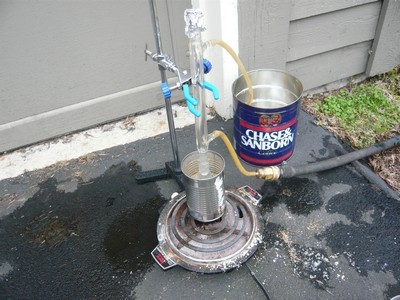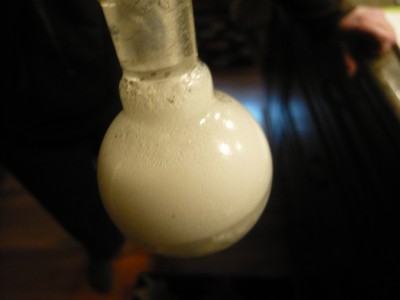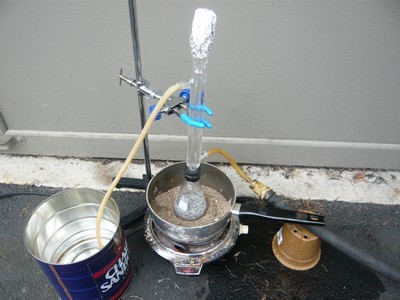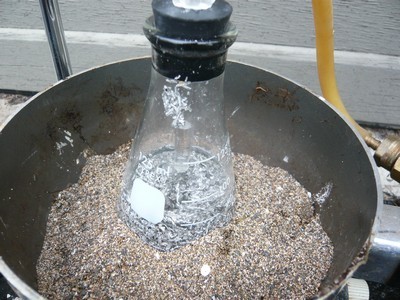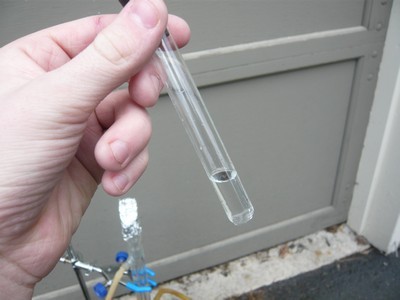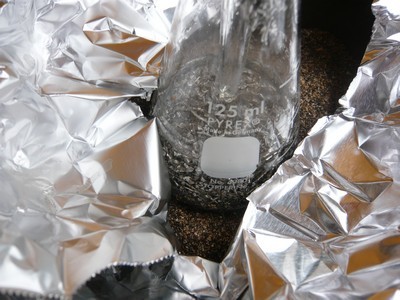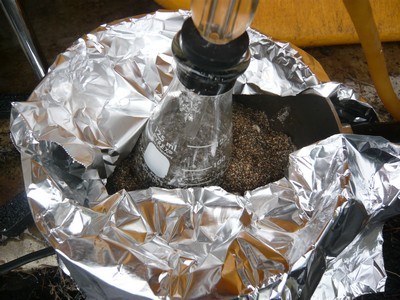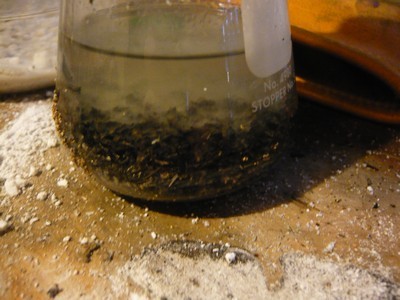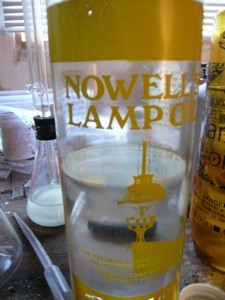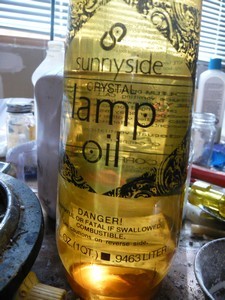
That being said, I remember seeing a mechanism for this reaction, but for some reason I can't find it. If I could find it, the following question would perhaps be unnecessary.
I was wondering if tertiary thiols could catalyse this reaction, thioterpineol for example. Thioterpineol specifically might not work because of its structural similarity to terpineol, which yielded poor results. Other tertiary thiols could potentially be used, as long as the smell doesn't become overwhelming.

 I can't wait to try this one out myself - now that I have all the materials I
just need to work out the logistics and set aside some time one of these weekends.
I can't wait to try this one out myself - now that I have all the materials I
just need to work out the logistics and set aside some time one of these weekends. )
)


